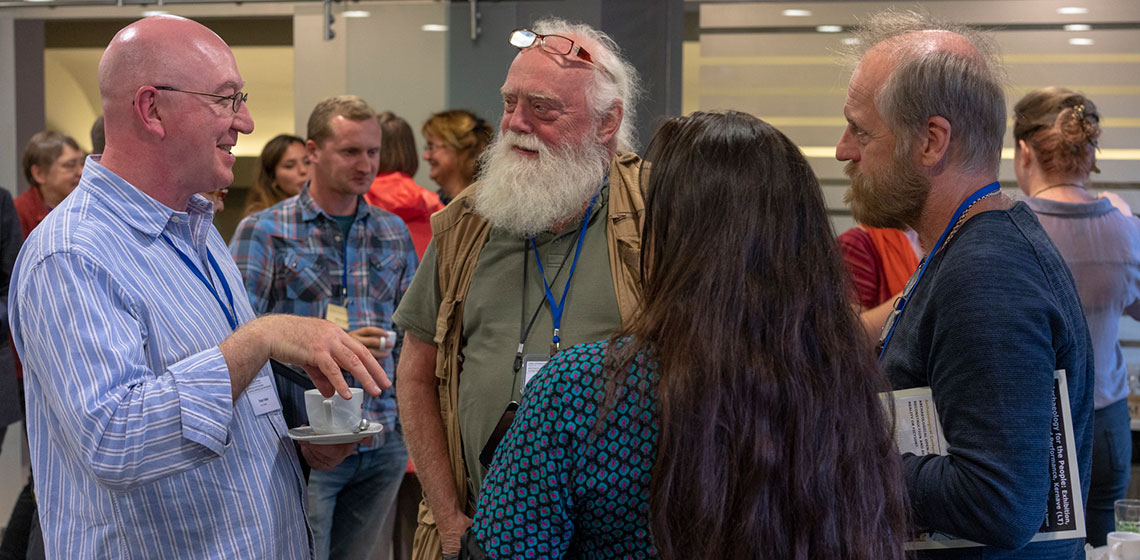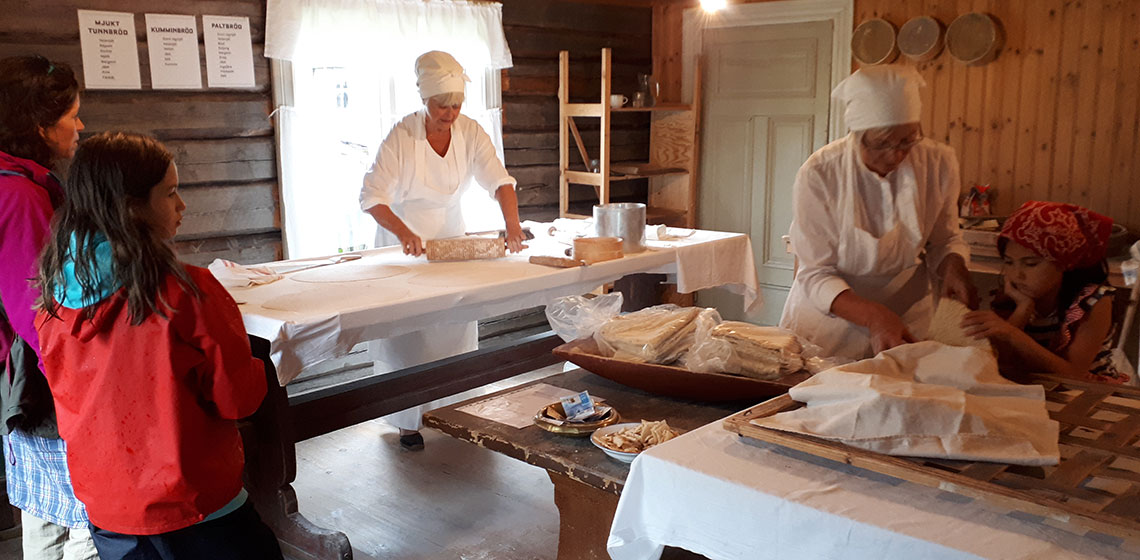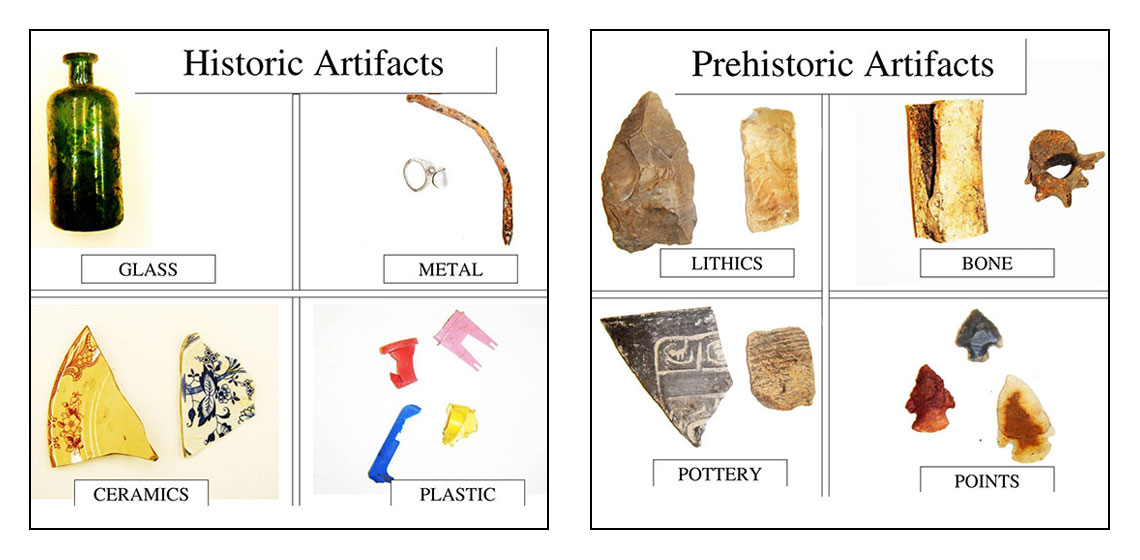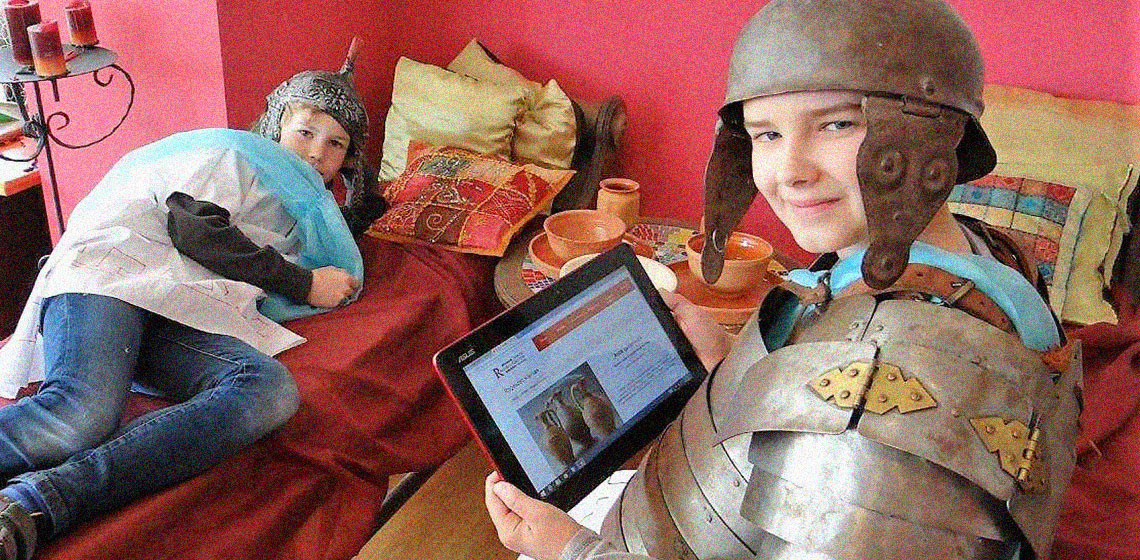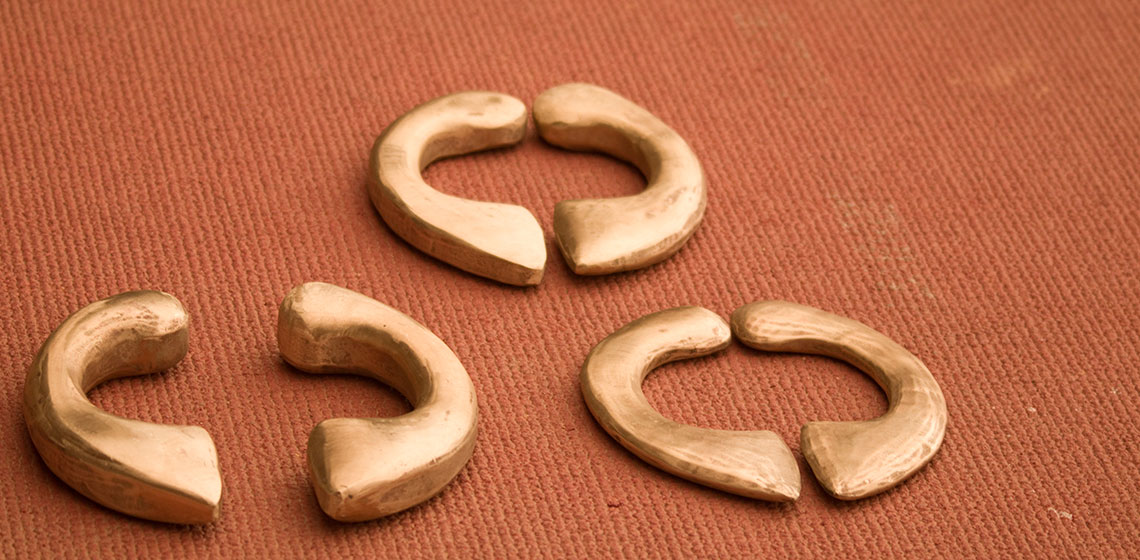interpretation
Conference Review: Once upon a Time... in Kernave
How to Run a Reenactment - Introduction to Reenactments and Reenactors, Part 1
Event Review: NEMO Training Course ‘Regional Development through Heritage in Sweden’ in Östersund, Sweden
Public Access to (Pre-)History Through Archaeology
Vacation in the Past - Effective Heritage Interpretation through Education
***Heritage sites are breathing memories from the past; however, visitors can hardly imagine or experience the ancient life on the spot. In fact, these visits are supposed to conjure up journeys back into the past and park managers should facilitate such experiences by the most effective means possible in order to help tourists gain...
Event Review: Dark Ages Recreation Company at L’Anse aux Meadows, NHSC 2017
Lying at the extreme northern tip of Newfoundland, L'Anse aux Meadows represents the only widely accepted Viking-Era presence in North America. Archaeological remains of seven buildings were found at the site, along with a few minor artefacts including a ring-headed pin, glass bead, and drop-spindle whorl. Evidence of on-site work was also found in the form of iron slag, discarded ship rivets, and axe-hewn wood chips. Four of the seven buildings were reconstructed by Parks Canada. Since 1997, these have been staffed by costumed interpreters who blend first- and third

